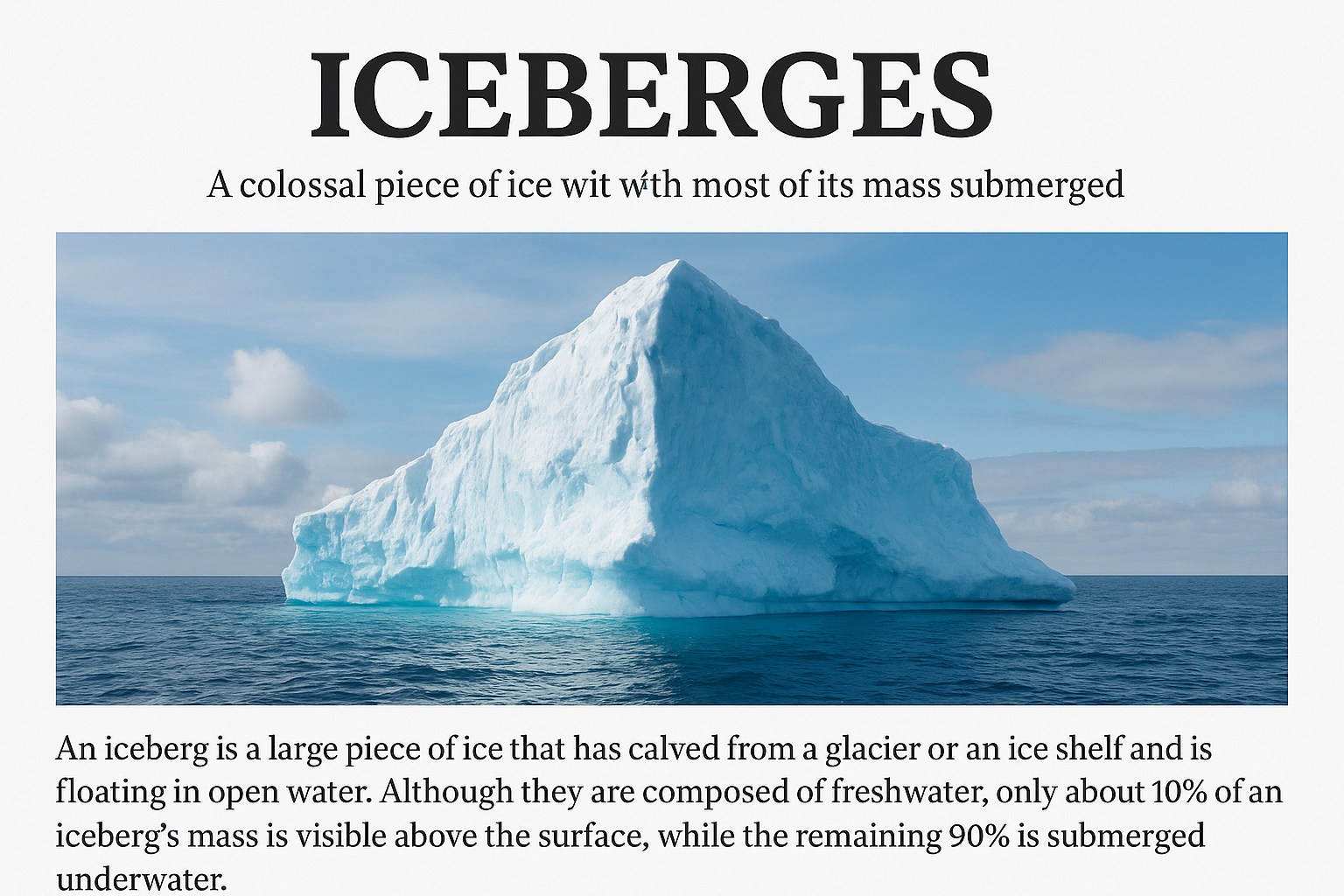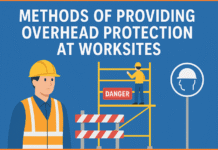Contents
Safety Report:
Statutory information required in a safety report is given in Sch. 8, Rule 10(1) of MSIHC Rules, 1989 Before 90 days of any modification (having material effect). An updated Safety Report shall be submitted to the authority.
Safety Audit Report:
Safety audit with the help of an expert not associated with such industrial activities is to be submitted every year within 30 days after the completion of such audit.
Like financial audit Safety Audit has also been popularized and has come into practice since last ten years. After statutory requirements (GFR 1995 & MSIHC Rules 2000), audit frequency has been increased. Looking to this need, BIS also published an Indian Standard – IS: 14489 in 1998 as standard guideline for practice on occupational safety and health audit. This IS does not include rating (points) system like British Standard. Therefore, it gives qualitative analysis and not the quantitative.
Need of Safety Audit:
Safety Audit it is utmost necessary for the purpose of maintaining safety (accident free atmosphere) in industry that all system of work should be thoroughly checked from safety point of view at regular interval and deficiencies identified should be removed by due compliance of safety recommendations. A pre-determined checklist is useful for a fixed class of industry but however audit points are variable and should be best suitable to the type of industry to be audited.
Legal Requirement: – Rule 12-C & 68-O of the Gujarat Factories Rules 1963 and Rule 10 & 12 of the Manufacture, Storage and Import of Hazardous Chemicals Rules 1989 need submission of safety audit reports to the concerned authorities within prescribed time.
Safety Audit Procedure:
Lead auditor along with his team may adopt following procedure:
- Constitution of Audit team (at least two members).
- Recording identification and brief history of the auditee industry.
- Deciding audit goals, objectives and scope.
- Deciding audit goals, objectives and scope.
- Drawing audit plan with time schedule.
- Holding opening meeting with the auditee.
- Study of process and applicability of safety laws and standards.
- Taking plant round and noting observations.
- Examining records and documents.
- Filling checklist of audit points (filling of Annexure A, B & C of IS: 14489). Element wise (Annex. A) Files will be useful.
- Holding of closing meeting and discussing findings.
- Preparation and submission of Audit Report (With Executive summary in the beginning).
- Report distribution for compliance.
- Compliance audit if required by the auditee or client.
- Visit for compliance audit and its report.
Safety Audit Frequency:
Normally an external or third party safety audit should be conducted once in year and an internal audit may be organized in every 6 month.
Safety Audit Goals:
Following goals can be decided while starting the safety audit:-
- Assessment of Auditors’ OS&H system against existing standards and identification of areas for improvement.
- Determination of conformity of the implemented OS&H system with specified requirements and identification of areas for improvement.
- Checking of statutory requirements.
Safety Audit Objective:
Following objectives can be decided for the audit:-
- To carry out a systematic, critical appraisal of all potential hazards involving personnel, plant, services, methods etc.
- To ensure that company’s OS&H system and safety policies, objectives etc. satisfy the legal requirements.
Safety Audit Scope:
The scope and depth of the audit should be decided as per auditee’s or client requirements. This should include:
- Which plants or areas to be audited.
- Which OS&H system elements to be audited.
- With what legal and other safety standards, rules or documents, the auditee’s OS&H systems should be compared. Benchmarking if any, should be considered.
- List of resources and evidences including workers and experts that will be available for audit.
- Within what time frame audit should be completed and with what other terms and conditions. A written agreement, if necessary, should be prepared and signed.
Safety Audit Plan:
Audit plan should be finalized after consultation with auditee and should be informed to auditors and auditee in the opening meeting. This plan should include:
- Audit goals, objectives and scope as stated earlier.
- Name of audit team members and managements representatives.
- List of documents to be checked.
- List of legal and other standards to be followed during audit.
- Auditee’s OS&H policy and its other intentions.
- Time schedule of audit visits of each plant or location.
- Schedule of meetings to be held with auditee for the audit purpose.
- Expected date of issue of the audit report.
- Procedure or methodology of compliance of the report.
- Whether compliance audit will be required by the auditee and if yes, its probable time schedule, and method of communication.
Checking of Record & Registers:
Statutory forms, records and registers under the Factories Act & Rules and other safety laws should be checked for relevant information and statutory compliance. This may include (for Gujarat):
- Form No. 1A (GFR) structural stability certificate.
- Form No. 9, 10, 11 (GFR) for hoists, Lifts, lifting machines and pressure vessels.
- Report of Competent Persons regarding the examination of dangerous machine, safety devices, dangerous operations etc.
- Form No. 29 (GFR) Accident Register.
- Form No. 20, 32, & 33 (GFR) Health record for workers.
- Form No. 37 (GFR) work place monitoring record.
- Industrial Hygienist report regarding measured. Values of gas, vapour, noise, WBGT (Heat stress parameters), ventilation system etc.
- Statutory cautionary notices, safety policy and minutes of safety committee meetings.
- Certificate of safety, testing of pressure vessels and safety valves etc under SMPV (U) Rules 1981 and Petroleum Act & Rules, if applicable.
- Forms under Gas Cylinder Rules if applicable.
- Testing certificate of effluents, air pollutants, solid wastes, ambient air quality etc. under GPCB norms.
- Licenses under applicable Acts and Rules and their validity.
- Public liability insurance policy, if required.
- Record of storage quantities of hazardous chemical for verification of threshold quantities and identification as MAH installation.
- Records and Registers (29) as suggested by Annexure-B of IS:14489.
- Other relevant records and registers as considered necessary by the auditors.
Checking Applicability of Safety Laws:
From above records, registers, licenses etc. and physical verification of storage quantities, number of gas cylinder etc, act-wise applicability and validity of licenses etc. should be checked, discussed and narrated in audit report.
Points of Plant-visit:
All safety points (audit points) seen during plant visit should be recorded plant-wise or location-wise so that plant-wise implementation will become easy. This should be separately reported in the audit report.
Such points are to be seen as requirement of law and other standards. Their mention will include reference of relevant section, rule, standard (attributes) etc.
Safety Audit Observation and Recommendations:
Safety audit questionnaire sheet should be prepared.
Observations should be clear and specific. Recommendations should also be clear, specific, easy to understand, brief and with reference of safety standard or reason as per auditor’s opinion.
Annexure-C of IS:14489 is a good guideline for safety audit which can be used for a chemical industry also. It should be utilized as a whole or with necessary modification deem fit by the auditors. Points may be decreased or increased depending on the size, status, contents, materials, processes, procedures and systems of works and experience of the auditors.
As Annexure – C includes many items of safety inspection and audit including safety policy, organization, training, general working condition, hazard identification and control, technical aspect, work permit system, PPE, fire protection, emergency preparedness, hazard area classification, static electric, Vessel and equipment’s, storage safety, communication system, transport, pipeline etc. they are not separately discussed in this article. There is no end to such item. Only experience can specify and classify them. Therefore audit by duly qualified and experienced auditors is more useful.
Safety Audit Closing meeting:
After recommendations are ready prior to prepare the audit report auditor should hold a closing meeting with auditee’s senior managers to explain to them the result of the audit. Audit observations and recommendations should be explained to them. PowerPoint presentation is more effective. Queries of the audience should be replied forthwith. Reasons (legal requirements, standard etc.) of recommendations should be properly explained. It should also be clarified but to try to find out the methods of further improvement.
Safety Audit Report preparation and submission:
The audit report should be well documented the auditors, audit certificate should be signed (with date) by the lead auditor and enclosed with audit report and it should be sent to the auditee or client as soon as possible. If it cannot be sent within the agreed time limit, reasons of delay should be communicated. The auditee should send acknowledgment of receipt of the audit report to the auditors and client and final report of compliance when it is over.
Safety Audit Report Distribution and Compliance:
Auditee will decide internal distribution (relevant copies) of audit report to the concerned departments or managers with its instructions of compliance within specified time limits assigned to each of them. The auditee will collect the report of compliance, will verify and arrange in chronological order against each point of recommendation.
Safety Report Retention:
Auditee should retain the audit report along with its compliance report and should show them to the authorities on demand. Such retained audit reports will show the history of safety improvement of the auditee. Minimum time of retention is full compliance of the audit report. Cost-benefit ratio can be determined based on this.
If compliance or follow-up audit is required by the same auditors, auditee or client should inform the accordingly.
Risk Assessment Report:
Risk assessment should be carried out by using the risk ranking table (matrix) and computer models for damage distance due to toxic gas release or fire or explosion phenomena. Fire hazards of main industrial activities and sub-activities are identified. Then ranking point are assigned them. Quantitative assessment is derived for probability and severity part of the risk. Then using the formula Risk=probability x severity, risk levels are calculated and tabulated.






Your all Safety Topics are very good, but this sample SAFETY AUDIT report is not good, and please attach a better SAFETY AUDIT REPORT here, OK,
safety is an important factor in every industry. thank you for sharing this wonder-full article it helps me a lot to understand
It has good one for every Safety Professional
Could you please upload the topic about ISO 45001 with clause wise documents
could you please include the topic bench marking
Good help for safety stady knowledge thank you sir
Welcome sir
Please share me
Great job by Ranjan.
Thank You!!